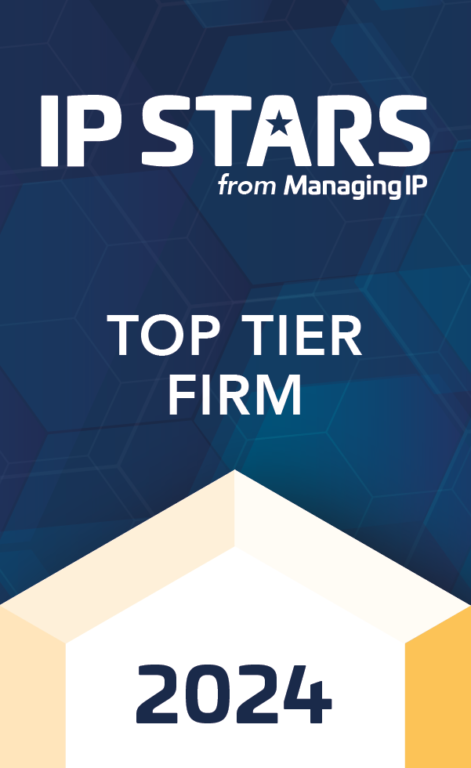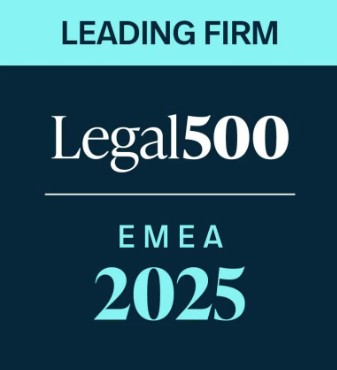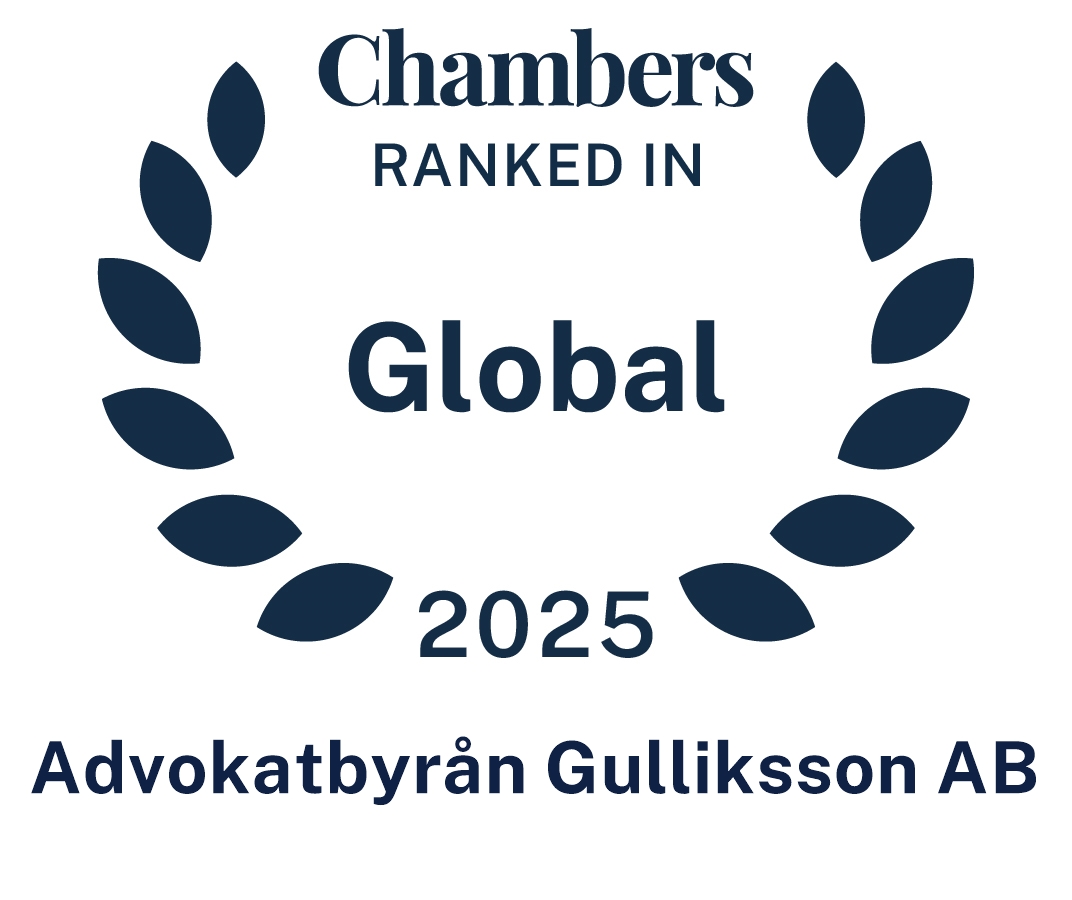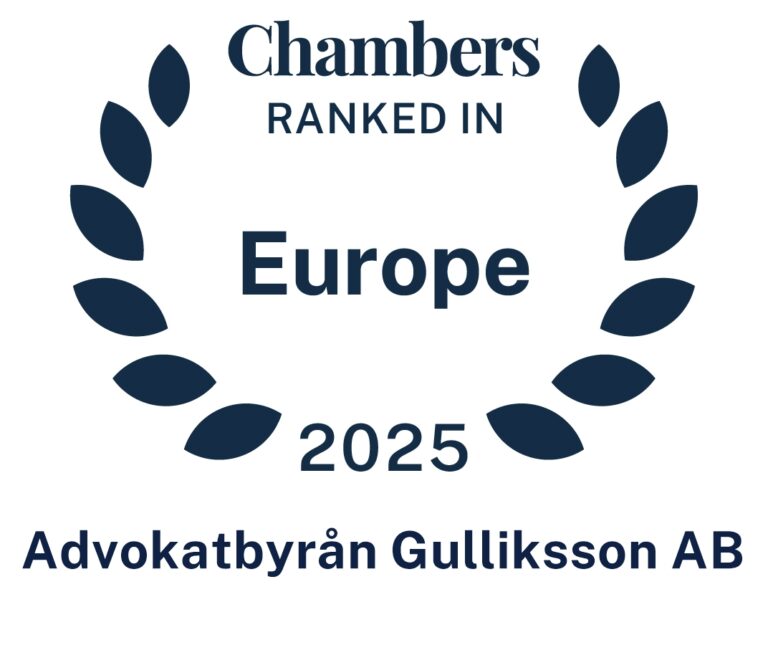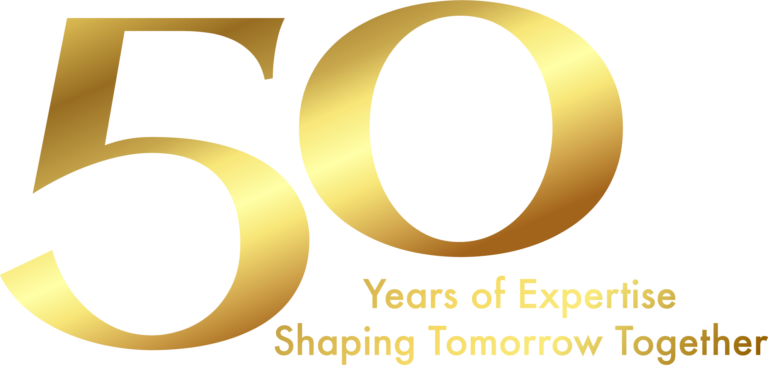From staying on top of a whole battery of laws and regulations and understanding the intricacies of regulatory issues and patent processes to managing complex and time-consuming classifications – life science companies, whether working with pharmaceuticals, food, cosmetics or medical devices, all face several similar challenges.
At a recent breakfast seminar, Advokatbyrån Gulliksson and Maverick by Sigma discussed some of the issues commonly encountered by life science companies. Magnus Friberg and Magnus Dahlman from Gulliksson teamed up with Communications Strategist Elin Mellbrand to discuss when different sets of regulations overlap and the importance of seeking legal advice.
“Companies must ask themselves early on: which rules apply to communication about our specific product? What can we do? Do we want to stay within the limits or push them and, in that case, how great a risk are we willing to take,” says Magnus Friberg, a lawyer and partner at Gulliksson with long-standing experience of representing clients in disputes and in negotiations with regulators and competitors.
The members of the Gulliksson Life Science Team are well versed in the rules and regulations applicable to establishing, enforcing and adequately protecting rights; drafting licensing, research and development agreements, and especially those applicable to the commercialization stage in terms of the regulatory framework and marketing activities.
“Because of the health aspects associated with food these days, food regulations now resemble those that apply to pharmaceuticals, and the same is true for certain medical devices. Companies may inadvertently cross the line into a different field, or find themselves situated on the borderline between several fields, which is risky. Many are prepared to run a certain risk in communications, but few want to be too bold,” says Magnus Friberg.
During the Life science do’s and don’ts breakfast seminar, members of the audience were invited to ask questions and share their own experiences. One participant commented that pharmaceuticals is perhaps the most straightforward area in life sciences communication-wise, given that the regulatory framework is clear, concise and well-established. This comment garnered widespread support.
“I recommend companies whose business is not clear-cut pharmaceutical to nevertheless make sure they know and comply with the Medicinal Products Act (läkemedelslagen). Marketing life science products comes with great responsibility and life science communications are always closely scrutinized,” says Elin Mellbrand.
If products are suddenly classified as medicinal products, this may limit the scope for communications and have legal ramifications. Magnus Dahlman, who joined the Gulliksson Life Science Team earlier this year, enjoys the complexity of the field.
“When communicating, you have to aim just right and ask yourself who you want to be and which set of rules you wish to follow. Generally, you can actually choose which regulatory framework you want to be subject to, as long as you do not make medicinal or medical claims and your product does not contain a pharmaceutical substance,” says Magnus Dahlman, who calls attention to the time aspect when seeking classification as a medicinal product:
“While you are waiting for your product to be correctly classified, you need to remember that your communications do not take place in a vacuum. If you choose to market the product as a food supplement, the journey may become longer and more difficult.”
Although the regulatory repercussions for false claims or inappropriate wording are not always that severe, errors may harm the brand. In a media landscape tending towards banner headlines, especially when it comes to news about vulnerable groups in society or people with illnesses, you need to be prepared.
“Have a crisis communications strategy in place before a crisis occurs. One reason communications are so critical in life sciences is that the issues at stake are usually very delicate. We are talking about trust, and there may be consequences far beyond the regulatory sphere,” says Elin Mellbrand, naming examples of broken trust, and vague and invisible communications.
The regulatory framework is one of the strictest. Your intended audience determines what you are allowed to say, how you may say it and what you should say. Communications addressing policymakers, healthcare professionals and pharmacy staff, or patients, parents and next of kin are subject to different rules.
“The Medicinal Products Act defines the target groups for communications as prescribers and members of the public. Patients and their families, as well as journalists, are therefore all considered members of the public. Authors of press releases sometimes make the mistake of thinking that the rules do not apply to journalists or that press releases are not a form of marketing,” Magnus Friberg points out.
Successful legal advice for life science companies requires understanding how different needs arise in different stages of the lifecycle and doing things in the right order, whether developing, launching or changing the classification of a product.
Magnus Dahlman, Senior Associate
070-597 51 00
magnus.dahlman@gulliksson.se
Magnus Friberg, Partner
073-519 59 49
magnus.friberg@gullikson.se

